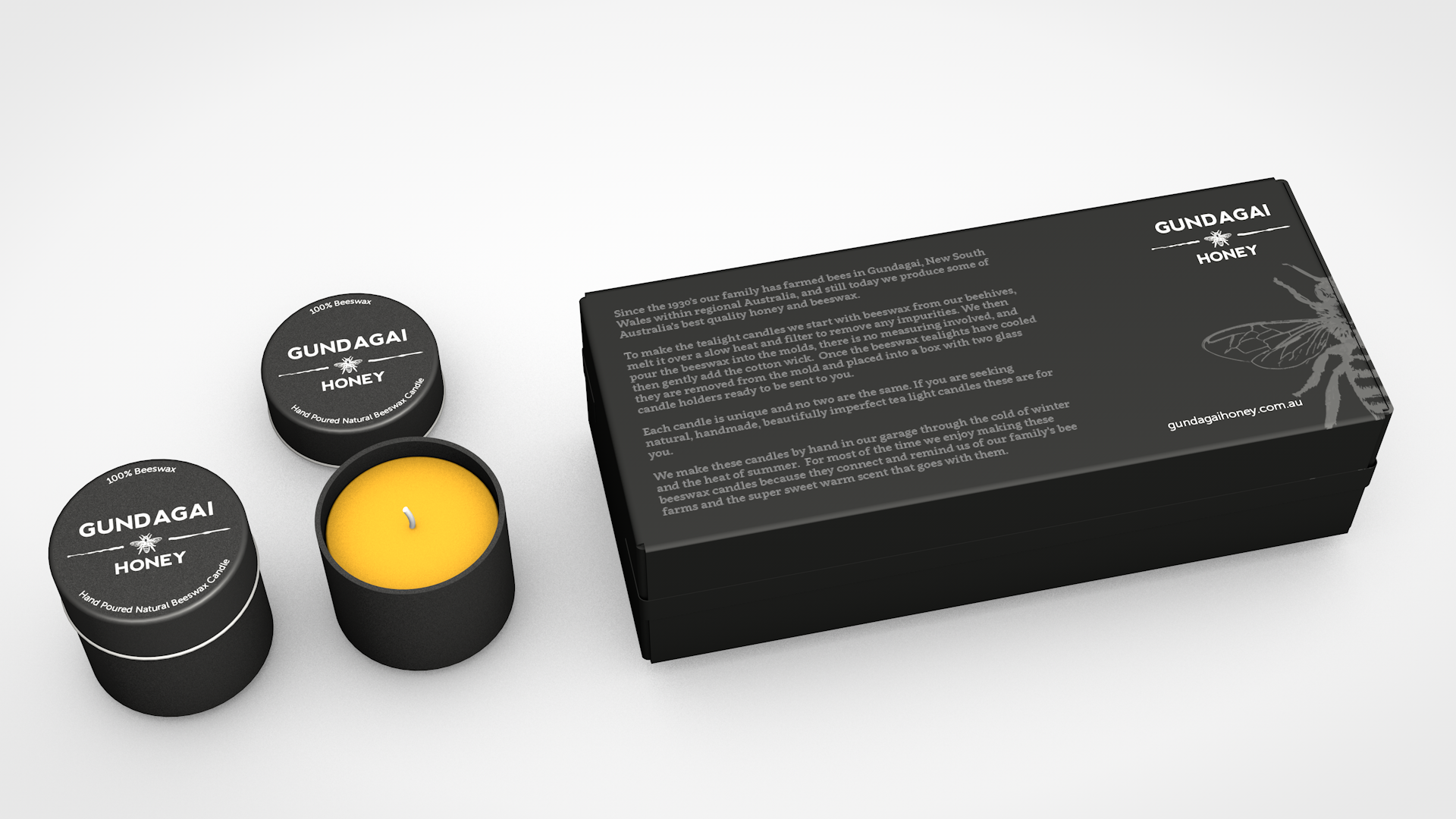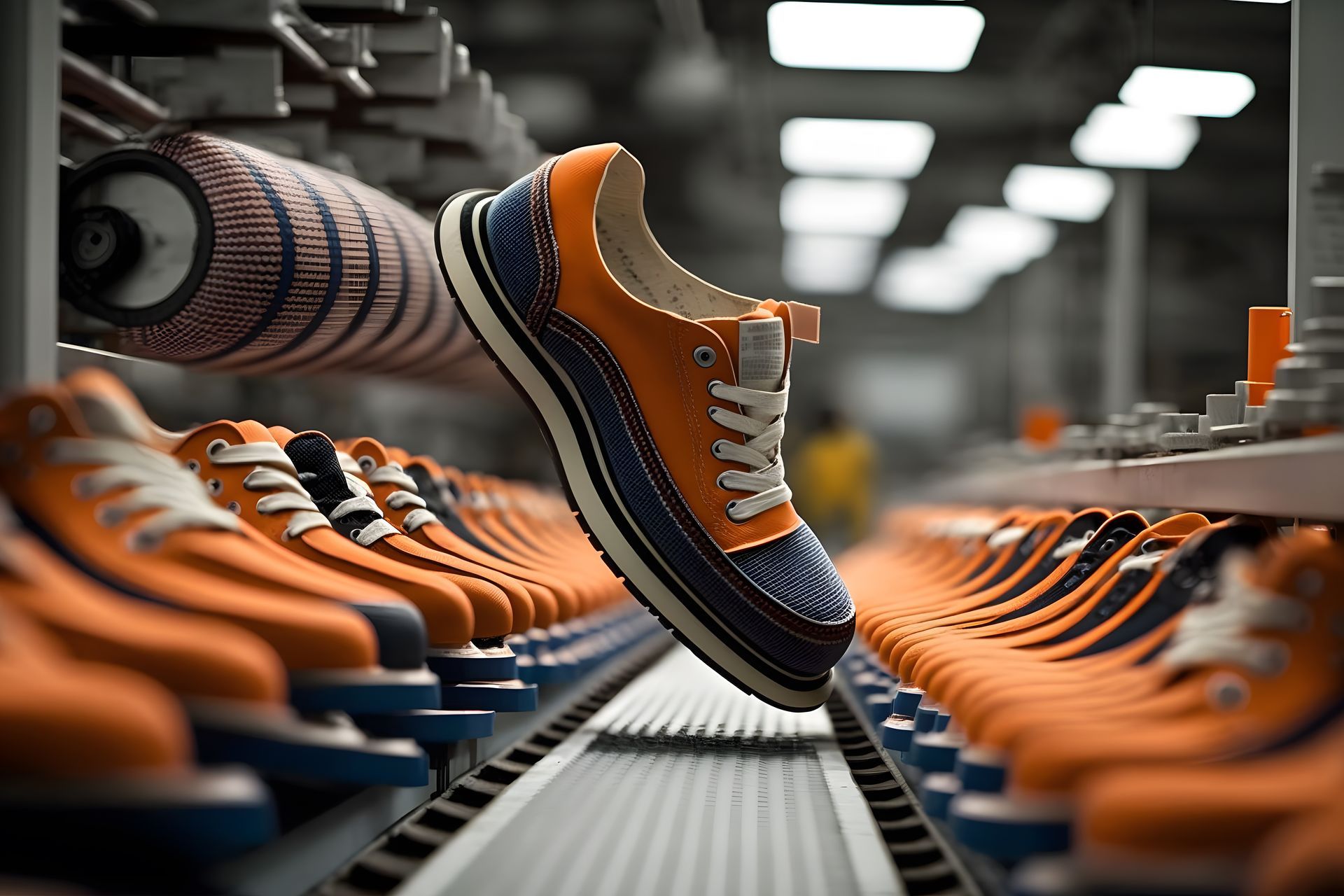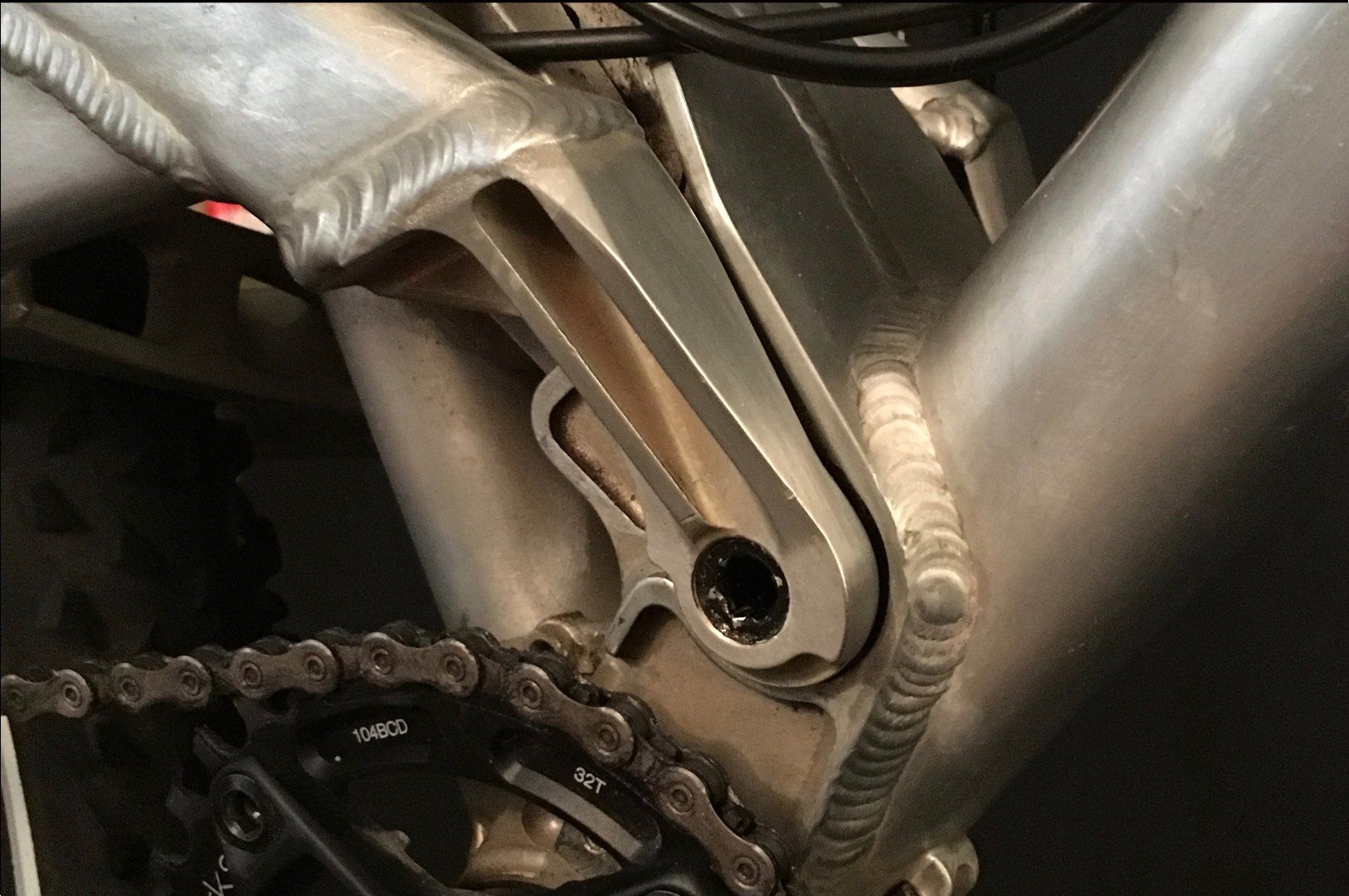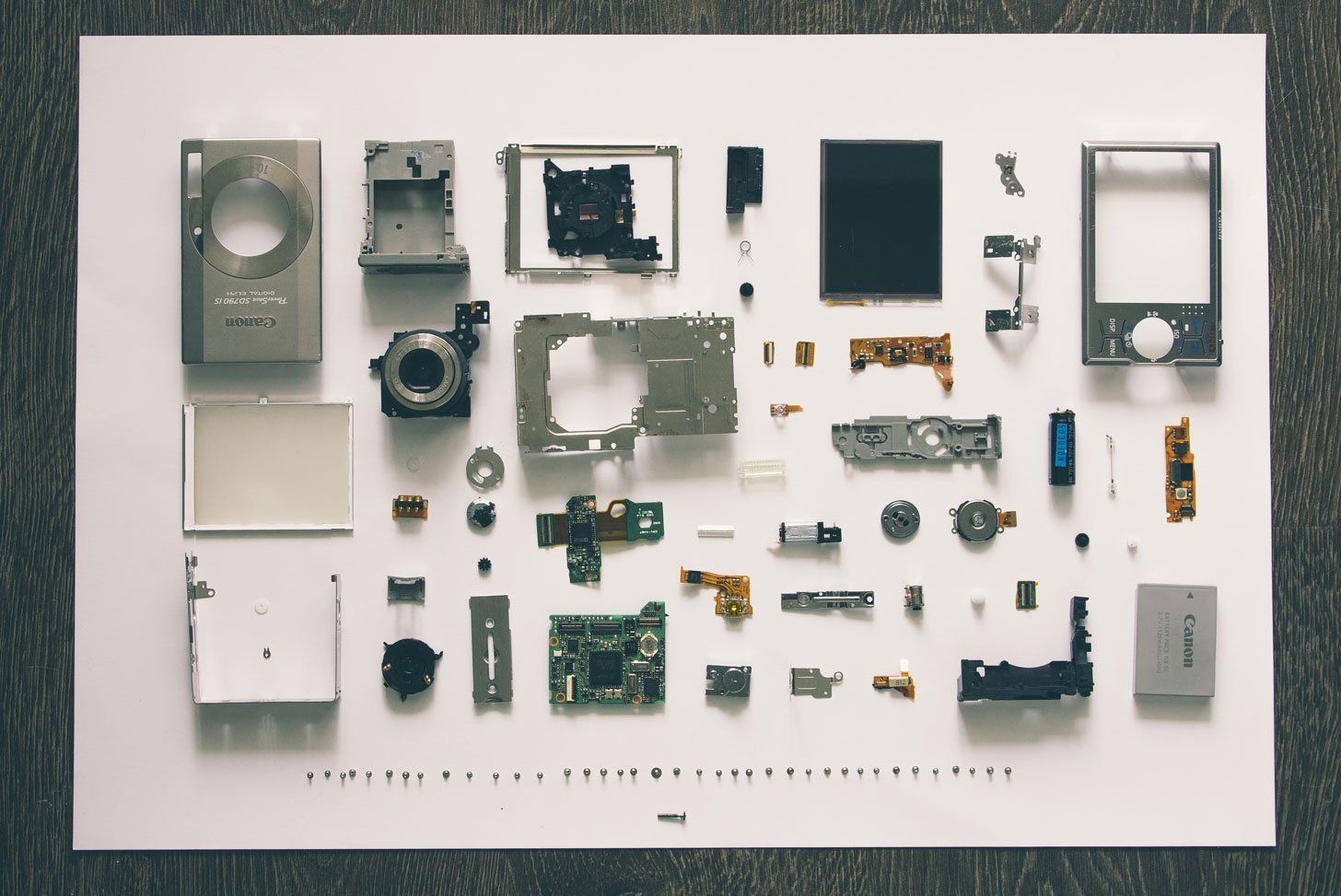
Form and Function
The balance between form and function refers to how much emphasis is placed on the appearance or aesthetic design of an object versus its practical purpose or usability.

Form vs Function in Product Design
Balancing the relationship between the aesthetic appearance of a product (its form) and its practical purpose or usefulness (its function) is a core function of the designer.
In some cases, form and function may be in conflict, such as when a product is designed to look sleek and stylish but sacrifices functionality. In other cases, form and function may be closely intertwined, with the aesthetics of an object directly contributing to its functionality.
In many cases, the balance of form and function is essential to create a successful product. For example, a car that looks good but is unreliable or uncomfortable to drive will not be successful. Similarly, a product that works well but looks unattractive may not be popular with consumers.
The ideal balance of form and function can vary depending on the specific context and intended use of the product or design. For some products, such as furniture or art, form may be more important than function. In other cases, such as medical equipment or safety gear, function may be prioritized over form.
The ideal balance between form and function depends on the specific context and the intended use of the object. For example, in architecture, the design of a building may need to balance aesthetic considerations with practical concerns such as structural integrity, energy efficiency, and accessibility. In product design, the balance between form and function may depend on factors such as the target audience, the intended use of the product, and the competitive landscape.
Ultimately, achieving the right balance between form and function requires careful consideration of both the aesthetic and practical aspects of an object and a thorough understanding of the needs and preferences of the target audience.









